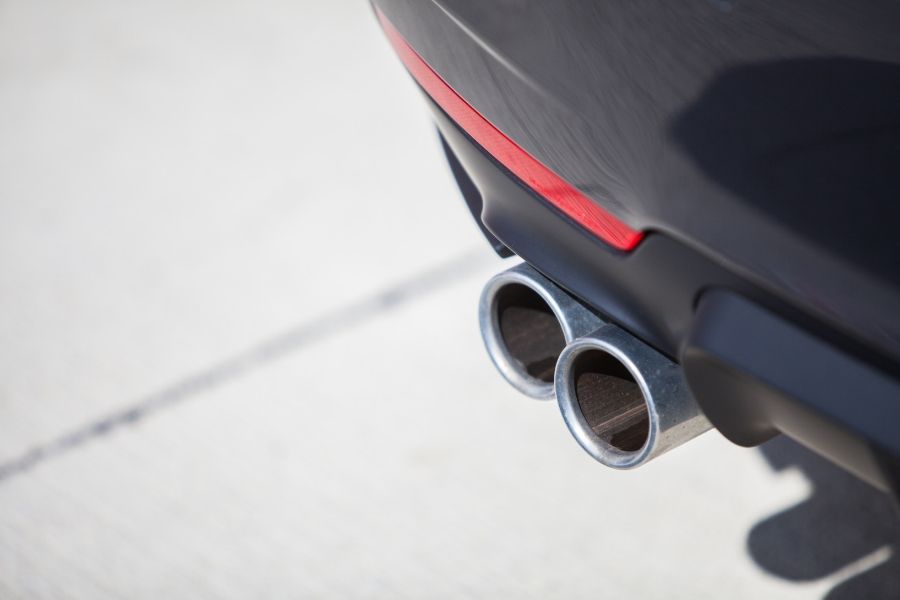It’s no secret that cars pollute. But a car’s emissions are often cast off as a necessary evil within a greater good. Without cars our social networks, career prospects, and the ability to experience places otherwise inaccessible would shrink dramatically. Let’s face it – without cars, the way we exist would change dramatically. Unfortunately, with all the cars on the road today, pollution has become a real concern. But today’s cars are cleaner than ever. Improved fuel efficiency and increasingly stringent regulations have challenged engineers to produce environmentally sound vehicles that still perform to our expectations. But, as inherent to their design, cars pollute.
Vehicle Emissions and Why They Matter in Southgate Michigan
Perhaps the single biggest factor driving the design and production of cleaner vehicles is consumer awareness. As drivers become more aware of emissions and a vehicle’s systems for managing them, the interest in cleaner or so called “green” vehicles pushes manufacturers to meet that demand. Read on to better understand the ins and outs of emissions, and what you can do to keep them in check. Both your wallet, and your planet, will benefit.

Why Should I Care?
Car exhaust is harmful to our planet. Although the extent is a subject of debate, it’s widely understood that it is – to a degree – hurting the Earth. Furthermore, increased emissions often correlate with increased fuel consumption. Of course, a car that uses more gas has a direct impact on the price at the pump. Lastly, a heavily polluting vehicle could be an indication of vehicle malfunction, which can get increasingly costly if the problem is ignored.
Improving Fuel Economy
Perhaps the easiest way to reduce emissions is to improve fuel economy. The less fuel you burn, the less exhaust your car puts out. If you’re in the habit of driving with the air conditioner running at most times, you may want to reconsider. Nearly all AC-equipped vehicles draw power from the engine to drive the air conditioner’s components. Running the AC only when absolutely needed is a major step in improving fuel economy.
You may think rolling down the windows is a logical alternative to running the air conditioner – to a certain extent, it is. However, windows-down creates more drag on the car, creating a sort of parachute effect that requires the engine to work harder which lowers your fuel economy. Although better than running the air conditioner, if you drive most places with the windows down out of habit, you may want to reconsider.
A car’s tire pressure can have considerable influence on how hard the engine must work. In fact, the EPA mandates tire pressure indications on all vehicles currently being produced. The idea is to keep drivers better informed, and hopefully encourage them to top off their tires when the pressure lowers. Tire life will be extended, less fuel will be consumed, and fewer emissions will come from the tailpipe.
Probably the least surprising but often overlooked factor is speed. Reducing your speed will always increase fuel economy, no matter what you drive. It’s generally accepted that maximum speeds of 55-65 are best for the emissions-conscious driver. Resisting the urge to stay ahead of a merge will also pay at the pump, as heavy acceleration also requires heavy fuel consumption.
Under the Hood
Certain engine components are critical to keeping your car’s emissions in check. The mass airflow sensor measures the density of air introduced to the engine, which the car’s onboard computer then uses to calculate how much fuel to provide each cylinder. Occasionally these sensors fail, and the computer will think the engine needs more fuel than it does. A faulty mass airflow sensor could be a reason for a check-engine light, and an easy problem for a qualified technician to diagnose.
When the engine is receiving an abundance of fuel in relation to air, it’s called running rich. Due to excess fuel that the engine is unable to fully burn, an engine that’s running rich will see a dip in fuel economy, and increased emissions. The lifespan of the spark plugs will also suffer. As carbon rapidly builds up on the plugs, their ability to ignite fuel within the cylinder declines. This condition will only worsen if left unchecked but is a straightforward process for your technician to diagnose.
The catalytic converter, or “cat” is a component of the exhaust system that scrubs emissions of polluting hydrocarbons. Some cars have more than one, and the largest cat can often be found sitting about mid-center of your car’s undercarriage. Occasionally catalytic converters fail, and there will be a significant spike to the pollution your car emits. In many states, a functional catalytic converter is required for all road-worthy vehicles.
Engine oil is commonly overlooked but easily checked, and proper engine oil is required to keep your car running in top shape. Heavily fouled oil, or oil of the wrong viscosity can put more load on an engine, causing the emissions to increase. If you pull your dipstick and notice the oil is near black in color, or worse – shows signs of sludge, it’s definitely time to freshen up. Fortunately, oil changes are cheap and can often be done in under an hour. Oil is critical to your car’s health and should always be periodically changed.
Emissions are a specialty here at Good Care Auto. Using state-of-the-art diagnostic tools operated by ASE certified technicians, we’re able to resolve nearly all emissions troubles quickly and affordably. We have access to a wide network of OEM and aftermarket parts, helping you set your budget and get back on the road. Give Good Care Auto a call today at (734) 285-1188 and let us take the guesswork out of your car’s emissions!
